Performance Plates for Runners
- November 15, 2021
- Last Updated: May 19, 2025
- 0 Comments
- Sports Nutrition
The performance plates, put out by United States Olympic Committee (USOC), are so helpful for athletes to understand their changing needs by season. I use them in nearly all of my athlete consults and wanted to share just how helpful they are to understand an athletes plate.
As an Amazon Associate, I may earn from qualifying purchases. You can read more here about our Disclaimer and Privacy Page.
What Are Performance Plates?
Over the years I’m sure you have probably seen many general nutrition recommendations, such as the new MyPlate guidelines or possibly the former food pyramid.
These general nutrition recommendations are great tools when teaching the general public. They teach us how to build a balanced plate and what food groups we should be including at each meal.
But, as an athlete, do your needs look different?
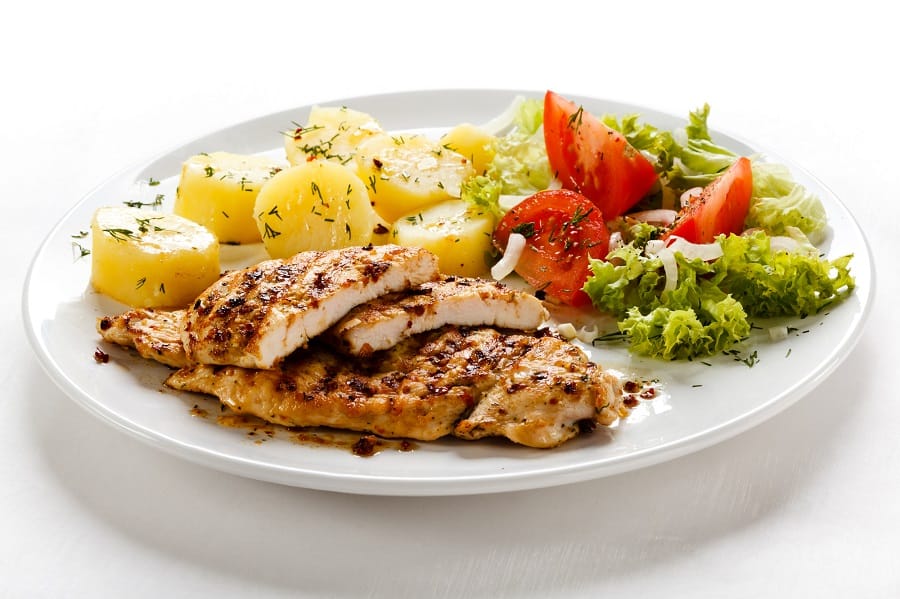
Whether you are a marathon runner following marathon nutrition 101, compete in cross fit competitions or athlete performance training, or enjoy running 5K races with friends, all of these activities require an adjustment to our diets to meet increased energy needs.
Athletes need more food and calories throughout the day and (especially carbohydrates) to fuel their workouts and meet their nutritional needs, despite the top sports nutrition myths you may have heard.
Whether you’re figuring out what to eat before a marathon, or just looking for a post-workout refueling meal, this is where the USOC Performance Plates come in handy.
They are a basis of how I communicate sports nutrition to new runners.

During the 2012 London Olympics, Nanna Meyer and the US Olympic committee’s food and nutrition services designed the performance plates for athletes.
These plates were designed to be used as a simple guideline for athletes to follow based on their level of training.
While both the marathon runner and a 5K runner need to be increasing their energy intake, I think we can agree that their individual needs are also going to differ substantially.
This will be based on the amount of training and mileage they are covering, as well as the intensity of workouts in addition to any other workouts or cross-training they may be doing.
I also use these as a basis for pregnancy nutrition and breastfeeding snacks and meals, too!
Eating For Athletes
The athletes’ plates, or performance plates, are perfect for helping athletes visually understand this.
Each plate is going to differ in the portion size of each macronutrient to help support the level of training an athlete is undergoing.
Before we dive into each individual plate and what activity level each plate represents, let’s take a quick step back and review the importance of each component of the plate and the role it plays in training.
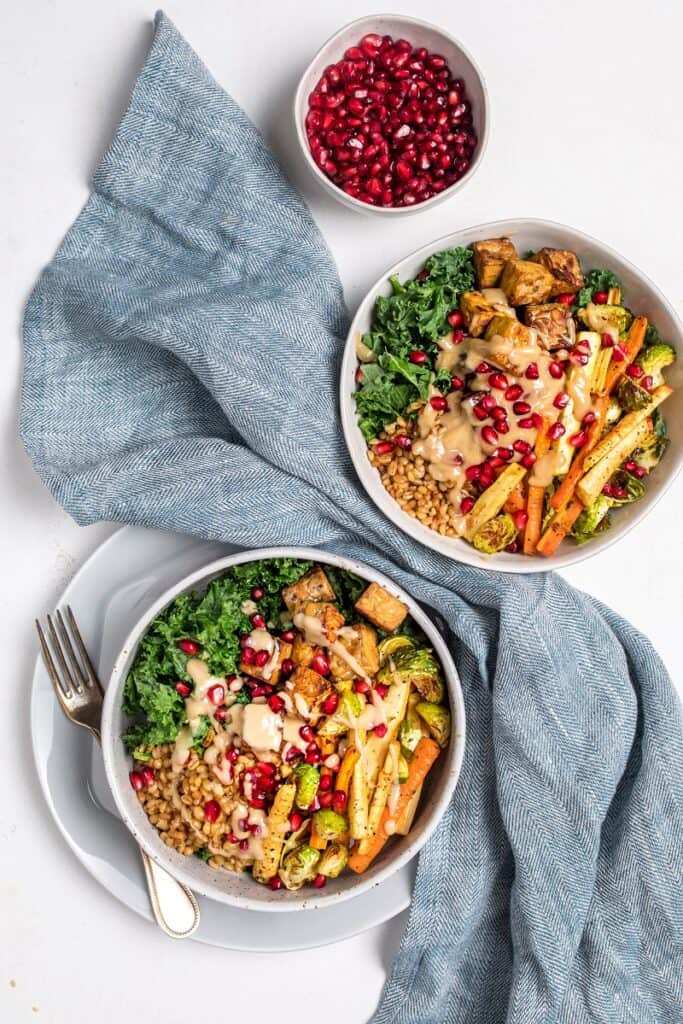
Protein
Protein is made up of amino acids which are the building blocks of important structures such as hair, nails, bones, enzymes, and cellular structures.
Protein plays a key role in building and repairing our muscles, while keeping us full and satisfied.
Protein needs for runners will differ based on your training and sport, but the latest recommendations from the International Society of Sports Nutrition states that athletes should be getting 1.4-2.0g/kg of body weight of protein per day.
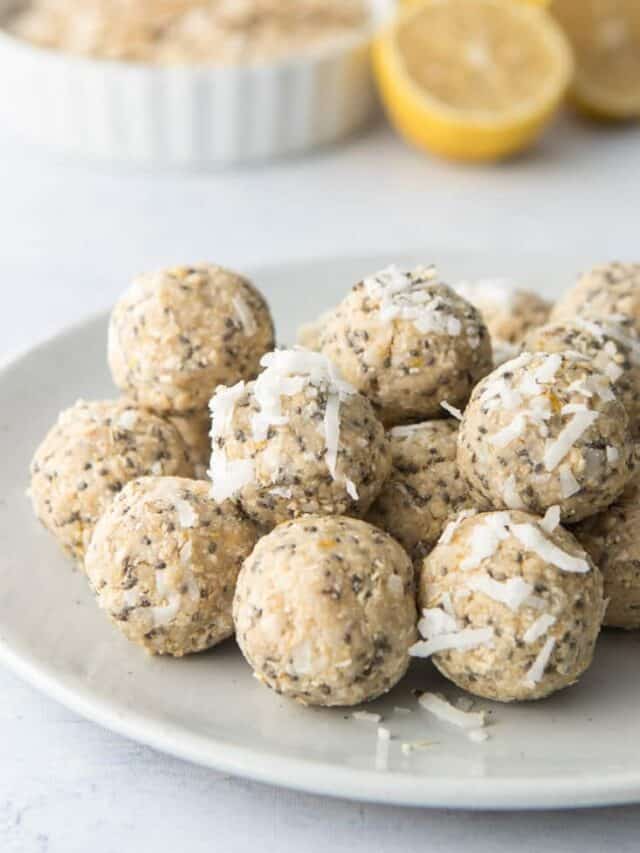
It is best to try and spread protein intake throughout the day and focus on getting 20-30g of protein at meals and ~15-20g of protein during snacks. Try some of these homemade running snacks!
This is also so important when recovering from a race, like post half marathon recovery!
If you aren’t hungry after a workout, there are other ways to get protein besides eating just meat.
Carbohydrates
The energy demands of exercise rely on carbohydrates as the predominant source of fuel for the muscle and the brain. Let me repeat that one more time.
Carbohydrates are our PREDOMINANT fuel source! Did you know that your brain alone needs 130g of carbohydrates per day?
So, fueling up with carbohydrates is essential in a breakfast for runners.
When we eat carbohydrates, our body breaks them down into glucose which will get stored as glycogen in our liver and muscles to provide us with energy when working out.
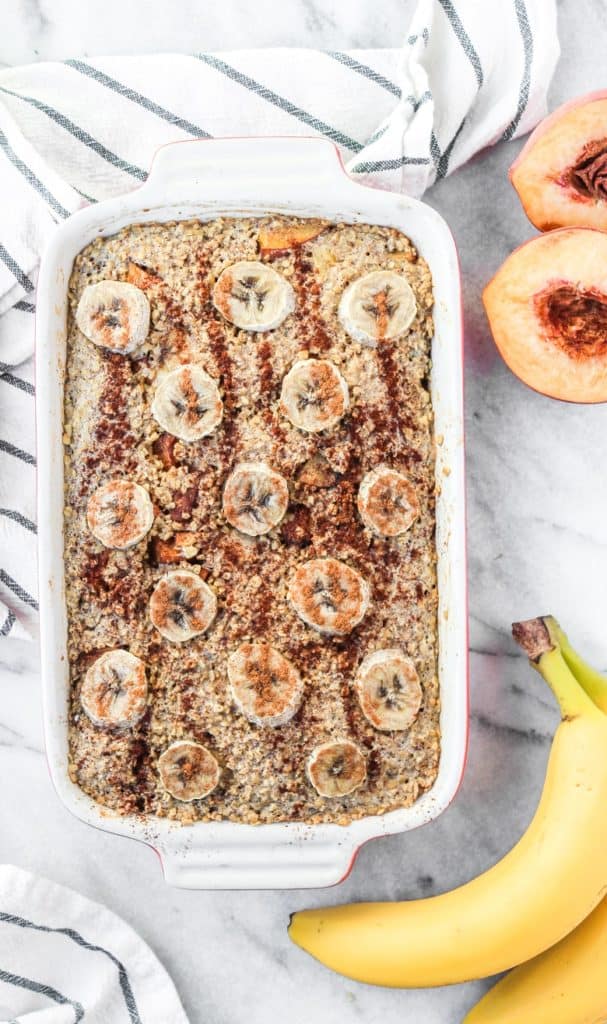
It is important to note that as training increases the amount of carbohydrates we need increases as well. And processed carbs can be a great source of quick energy – read more about whole foods vs. processed foods.
Even if you’re following a diet of cheap college meals, you can make some healthy carb choices all around.
Fun fact – love of fun snacks at Thrive Market! I love these sweet potato chips and Purely Elizabeth granola which make for easy carb-rich snacks or additions to your plate.
Fats
Fats are a fuel source for lower intensity and longer duration exercise.
They also play an important role in basic body functions, like managing temperature regulation (this actually comes in handy when trying to regulate your body temperature on a long run)!
Along with providing energy, fats can also help with joint lubrication, nutrient absorption, and are needed for inflammatory responses for recovery.
It is important to make sure that throughout training we are including healthy sources of fats, like omega 3 fatty acids, such as salmon, nuts, avocados, olive oil, or seeds.
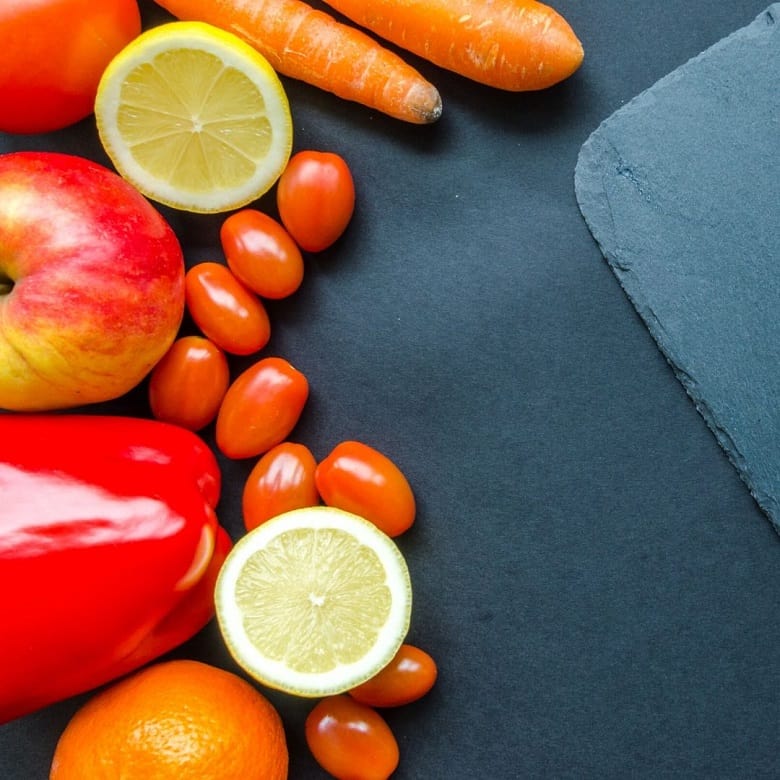
Fruits and Vegetables
It is important to have fruits and vegetables present on your plates. While they don’t contribute much in terms of macronutrients, their powers are in their micronutrient content.
Fruits and veggies offer fiber, water content (yes, they are hydrating), and many micronutrients, such as Vitamin C, calcium, B Vitamins, and more. Fruits and vegetables are also high in phytonutrients and antioxidants that help reduce inflammation and the risk of chronic disease.
See more about Vitamin C for runners and why it’s important!
Comparing the Performance Plates
Now that we have a good understanding of the macronutrients that are included on the athletes plates and their purpose, let’s dive into what each plate looks like and when to incorporate each plate.
You will probably use each plate at some point throughout your training. For example, you are likely to use the easy athlete performance plate on a rest day or when covering lower milage.
But, the day before a 20 mile run you will want to use the hard training plate to imitate carb loading before the race or run.
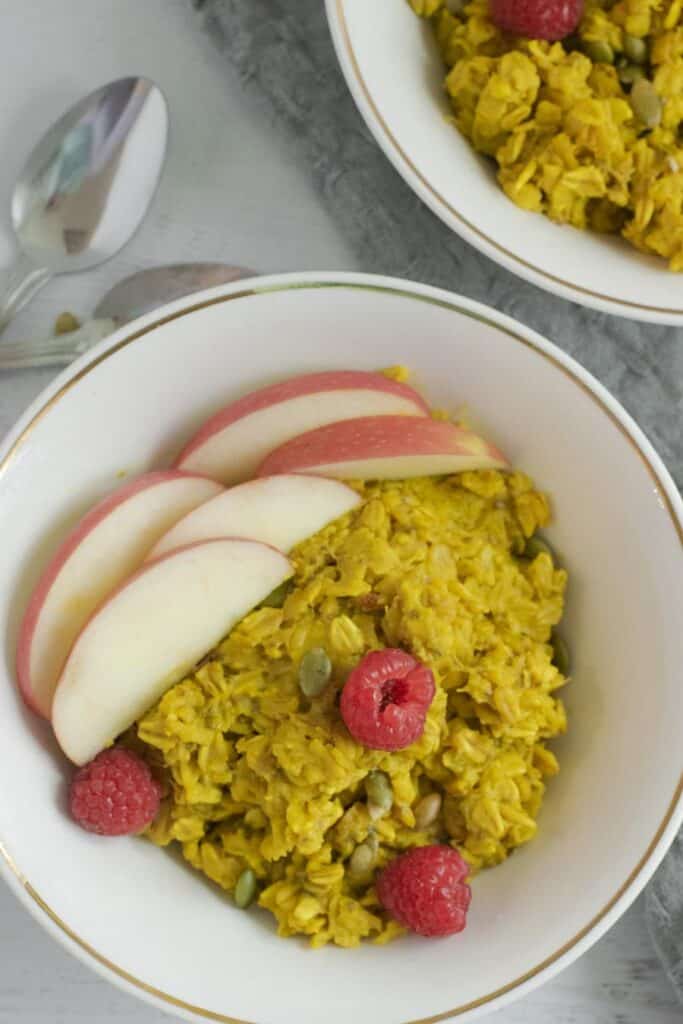
Here are some ideas of what to eat before running in the morning.
Take a look below and find what plate fits your training currently – we often refer back to some of these meals for carb loading to reuse.
Easy Training Plate
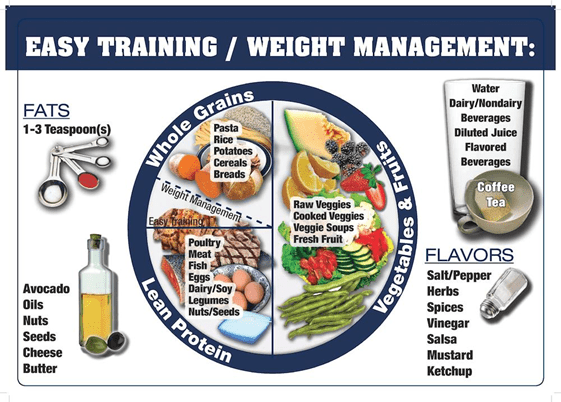
This easy training plate should be used for the following situations:
- light work out days
- shake out runs
- shorter mileage days (under an hour)
- tapering without the need to load up for competition
- yoga or light pilates
- rest days
This plate is the same as the general MyPlate guideline.
Energy needs are going to be lower on these lighter days so we don’t need as many carbohydrates to sustain our energy levels.
Moderate Training Plate
The moderate training day nutrition plate should be used in the following situations:
- endurance athletes focusing on middle distance runs (6-10 miles)
- 30-40 minute HIIT sessions
- shorter speed work sessions
- activity lasting 1-2 hours
- marathon taper nutrition (you may alternate between all 3 plates during the taper period).
This key difference between the moderate and the easy training day plates is that the carbohydrate portion increases with moderate days, as to be expected.
As we start to increase the duration of training, it is important that we are fueling our body with more carbohydrates because these are our muscles primary fuel source.
If we expect to go longer and/or harder, carbohydrates are the keys for our muscles (and brain) to do so.
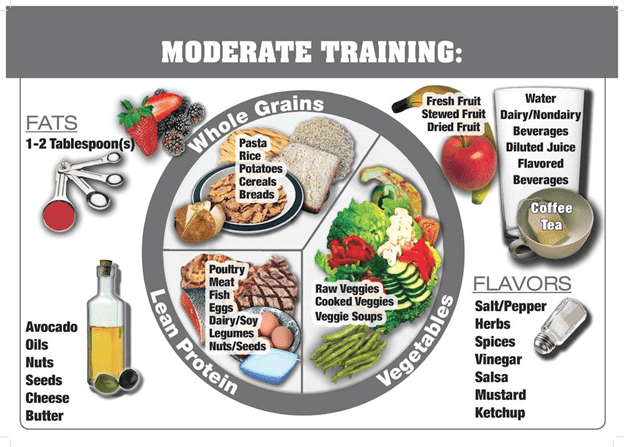
Hard Training Plate
The athletes plate hard training day plate should be used when:
- runs start to exceed 10 miles
- completing challenging speed work sessions
- longer HIIT sessions that are greater than 1 hour
- carbohydrate loading for a race
Notice on this plate that carbohydrates now make up half of the plate, as well as ¼ of the plate as protein, and ¼ fruits and vegetables.
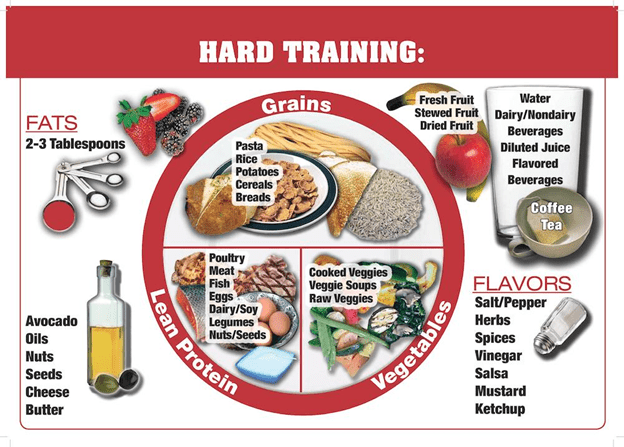
When mileage or intensity of exercise increases, we are going to be relying heavily on the glycogen stores in our muscles to fuel our workouts.
It is important to make sure that you are going into your workout with your glycogen stores full to prevent fatigue.
We will still need some protein to help our muscles recover, but as mentioned above it is best to get protein gradually throughout the day rather than eating a large portion at one time.
What if I Have No Appetite After a Workout?
While it’s common to not feel hungry after a workout, it’s still a good practice to eat something.
It’s actually very “normal” for athletes to not feel hungry after a workout and this is the number one misconception about intuitive eating, which preaches to each when you’re hungry.
In and around workouts, we actually want to be more methodical in our eating, which I discuss in my hunger ebook. We want you to eat even if you aren’t feeling hungry because hunger is blunted by things like stress, hard workouts and more.
In these situations, it is still important to eat. In these situations especially, soups can be helpful for providing some calories, liquid and electrolytes, or you can also make your own electrolyte drink.
Grab Our Meal Prep Ebook to Finally Conquer Meal Prep in the Kitchen
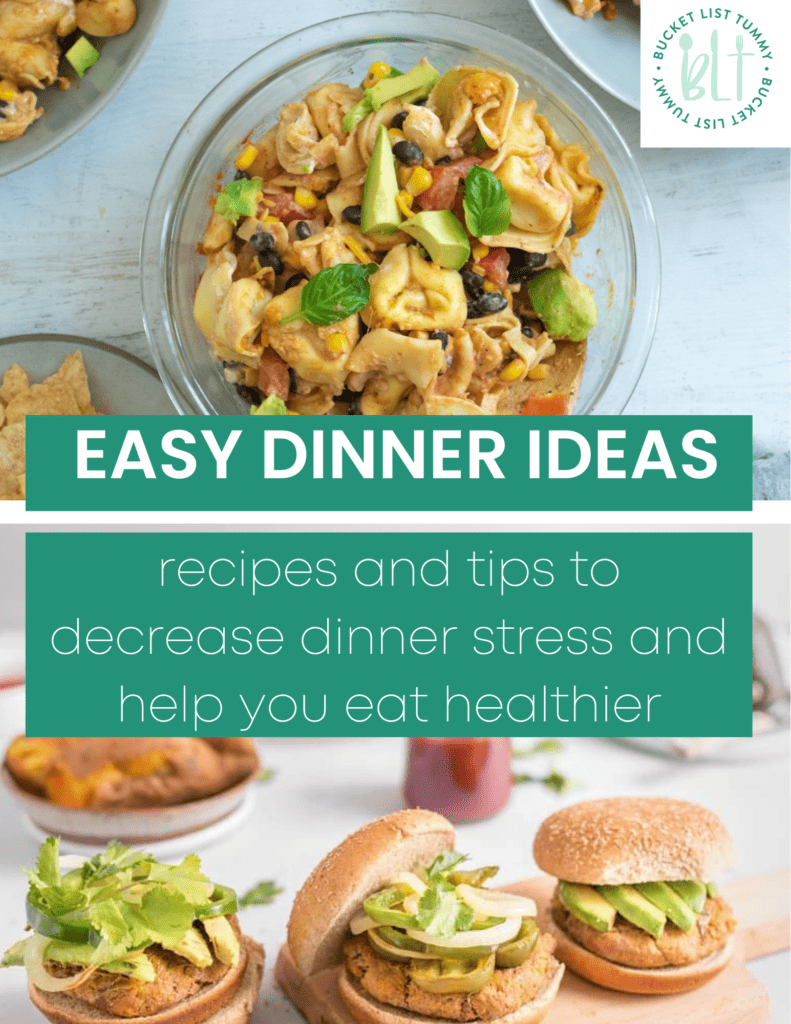
Remember, each individual athlete’s nutrition needs will differ.
One athlete training for a marathon (and carb loading for a marathon) may be eating completely differently than another athlete training for a marathon following a vegan marathon diet. These vegan recipes for athletes can help decorate your plate.
The recommended plates may also differ if you have a physically demanding job or are including more activity throughout the day, are pregnant or experiencing breastfeeding hunger (more on running and breastfeeding here), or have specific medical conditions.
As always, the information here is meant to provide general education, and 1-1 support is always advised. If you have specific questions on your nutrient needs, inquire here to learn about working with one of our dietitians.
References:
Jäger R, Kerksick CM, Campbell BI, et al. International Society of Sports Nutrition Position Stand: protein and exercise. J Int Soc Sports Nutr. 2017;14:20. Published 2017 Jun 20. doi:10.1186/s12970-017-0177-8
Support Bucket List Tummy

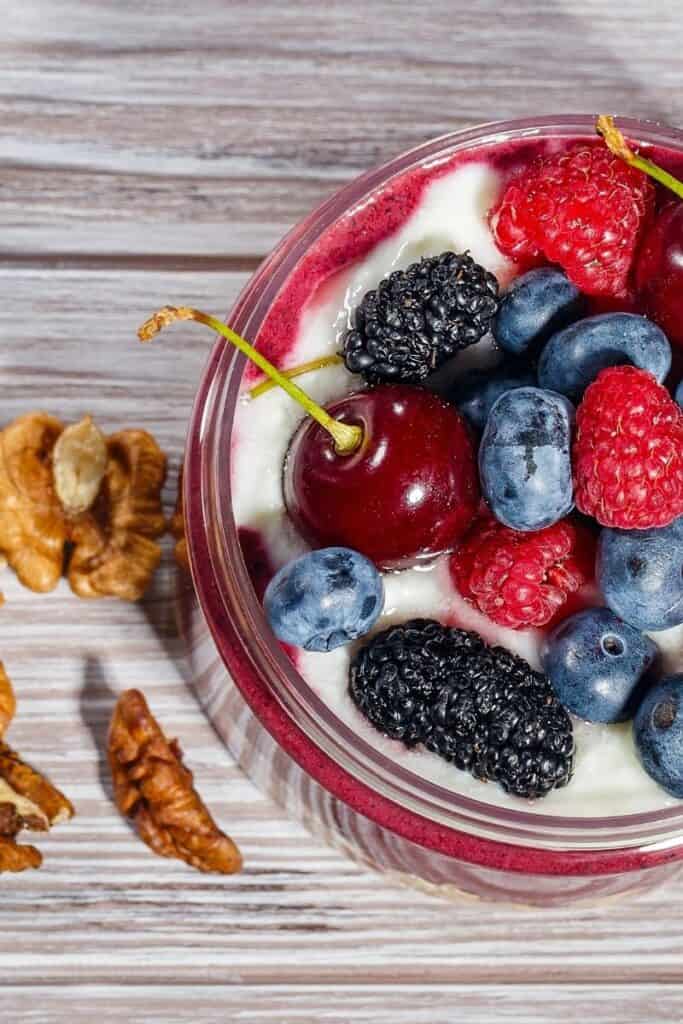


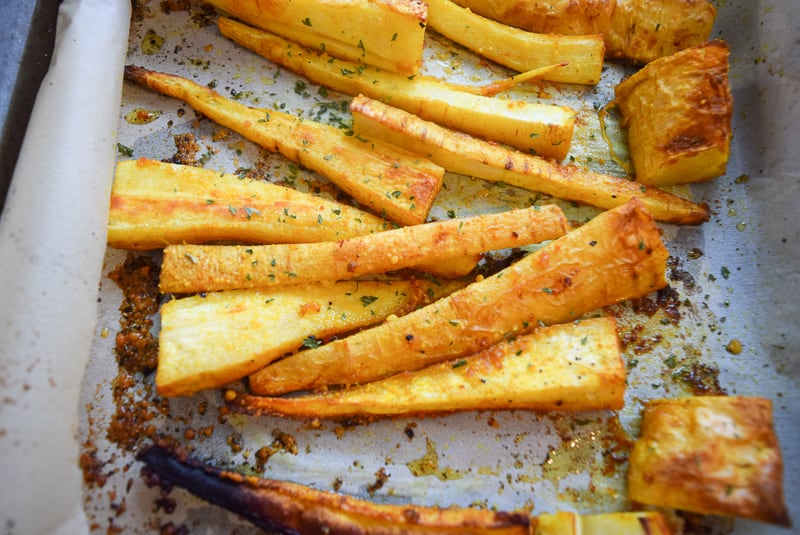
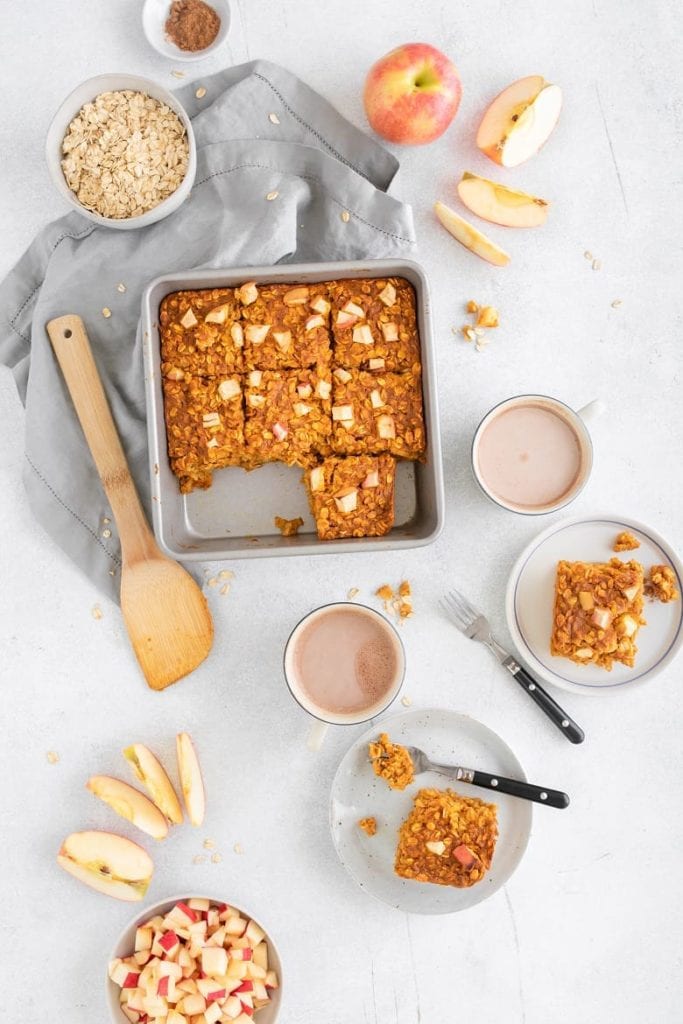


Like This Content?
Support Bucket List Tummy